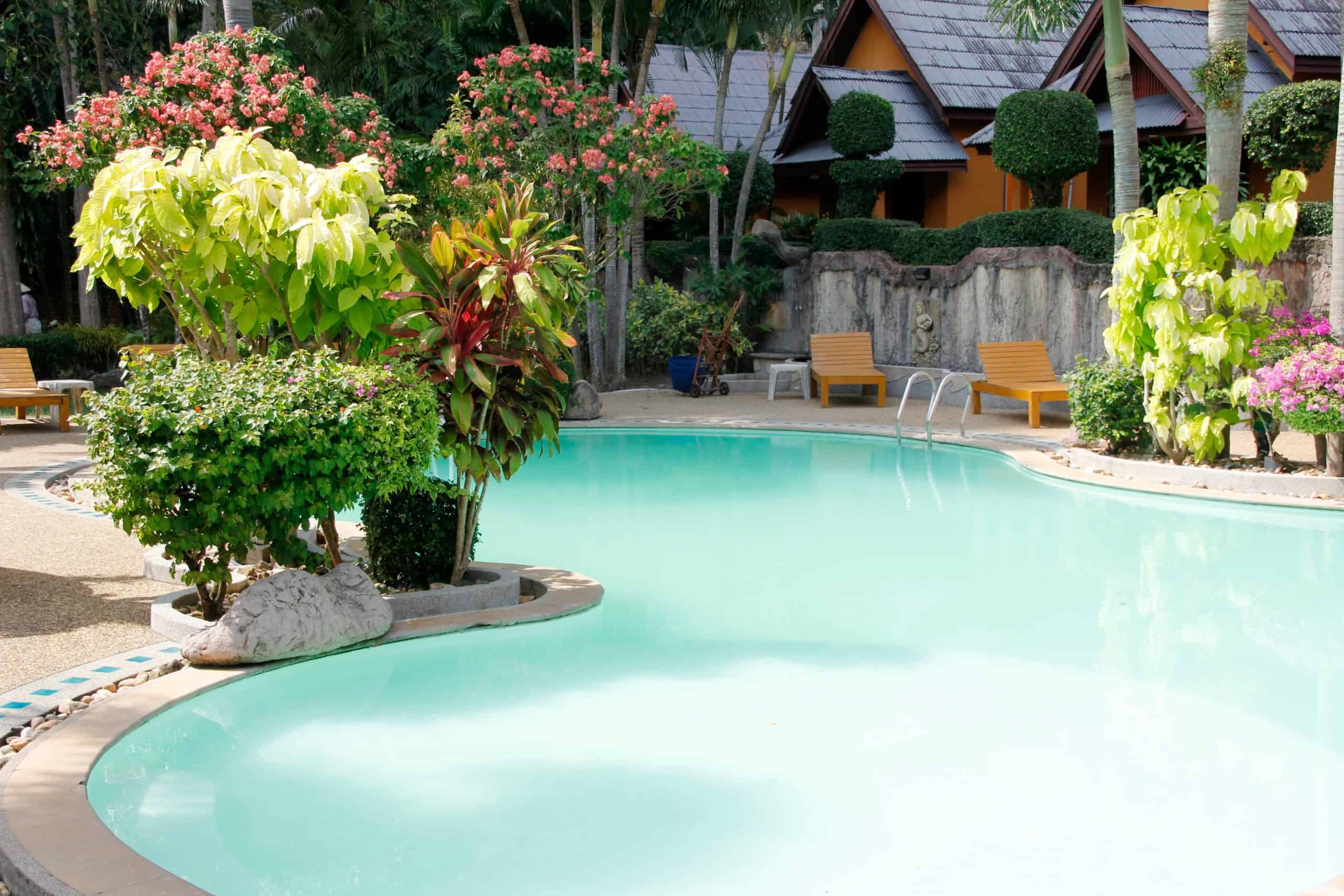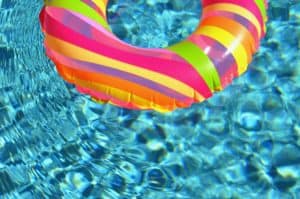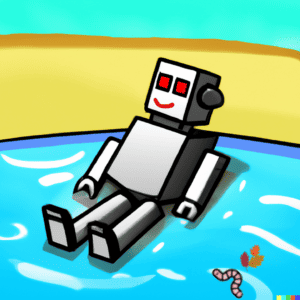Checklist for commissioning your pool after the winter break
Of course, it is easiest to have the pool winterized by a professional and made fit again for the summer, and many people do this. However, a lot of money can be saved and in addition, a little activity in the fresh air, preferably with sunshine and birdsong at the beginning of spring is also really good and increases the anticipation of the bathing pleasure. Here are a few tips to get the pool back in operation after the winter:
- First of all, make sure that all electrical equipment is turned off, it is also recommended to check the RCD switch.
- After winterizing, the first thing you need to do is remove any seals that are designed to keep the water from getting from the pool into the pipes and freezing there. These seals may also be located directly in or in front of the pump.
- Remove pool cover, rinse with clean water and allow to dry thoroughly.
- We recommend winterizing pools well filled, because this makes ecological and economic sense, and minimizes the water consumption of your pool!
- This guide is valid for in-ground pools as well as above ground pools, but is intended as a general template only and may need to be modified depending on the filter and pool system.
For pools that have been winterized with little water:
- Drain the remaining water, especially if algae infestation is already visible in the water, then you save a lot of chemicals afterwards. For remaining water you can use a vacuum cleaner, which can also suck off water.
For all pools:
- Clean the walls and bottom of the pool: Brush the walls and bottom of the pool with a pool brush to remove algae and dirt build-up. For water-filled pools, you can also use our Poolwonder pool vacuums to remove debris from the bottom.
- Remove coarser debris, insects, leaves and twigs from the water surface with a landing net.
- Check the water level so that your pool does not look sad and half empty, and the pump does not run dry. Most often in the skimmer is a mark that indicates the correct level of the pool.
- Clean the filter: Clean or replace the pool's filter cartridge or sand. A dirty filter can greatly reduce the effectiveness of your pool's cleaning system. The best and lowest maintenance filter media are glass filters or filter balls.
- If necessary, perform shock chlorination of your filter: Add a chlorine granule to the water for shock treatment. This will kill any bacteria and algae that may have accumulated over the winter.
- Check the water chemistry and balance it: Test the water chemistry with a pool test kit and adjust the pH, total alkalinity and chlorine levels accordingly. It is best not to empty the chemicals directly into the pool but to add them to the water through the inlet of your filtration system. Make sure the pH is between 7.2 and 7.8, the total alkalinity between 80 and 120 ppm, and the chlorine content between 1 and 3 ppm (parts per million). It is recommended to first adjust the pH value correctly and only then to chlorinate. In addition, cyanuric acid should be measured, especially during the season when there are water problems or very high chlorine consumption, as this acts as a chlorine stabilizer and greatly reduces chlorine use when adjusted correctly. In many ready-mixed chlorine tablets this is already a component. However, it may be necessary to readjust the cyanuric acid level, especially if there are water problems. An additional tip: Cover your pool with a UV-resistant cover to develop the full effect of chlorine, as UV radiation degrades chlorine very quickly.
- Inspect the pool equipment: Inspect the pool equipment, including the pump, filter, heater, and all other components. Look for signs of wear and tear, and make repairs or replacements as necessary. Also check all seals for obvious wear.
- Reconnect the pool equipment: Reconnect any equipment that was left unplugged over the winter, such as the pump and filter, and make sure they are working properly. Also, don't forget to charge your Poolwonder battery pool vacuum until it turns from red to green!
- Be sure to set all existing valves in the pool's piping system to the correct position and start the circulation system: turn on the pool pump and let the water circulate for at least 24 hours before swimming to ensure that the pool chemicals are evenly distributed in the pool. If your pump would run dry when started, it is also recommended to add some water to the pump before starting.
- Regular maintenance: Throughout the season, you should regularly check and clean the pool to ensure that it remains in perfect condition. Pay special attention to regularly checking and adjusting pH and chlorine levels, and especially cyanic acid if you have water problems. And remember, dirt that doesn't get into the filtration system in the first place but into the reusable filters of our pool vacuums is the best dirt because it keeps the water fresh the longest and also saves you a filter backwash or two and a lot of water!
If you have taken to heart all the points, your pool is ready for the emergency: The first pool party!




